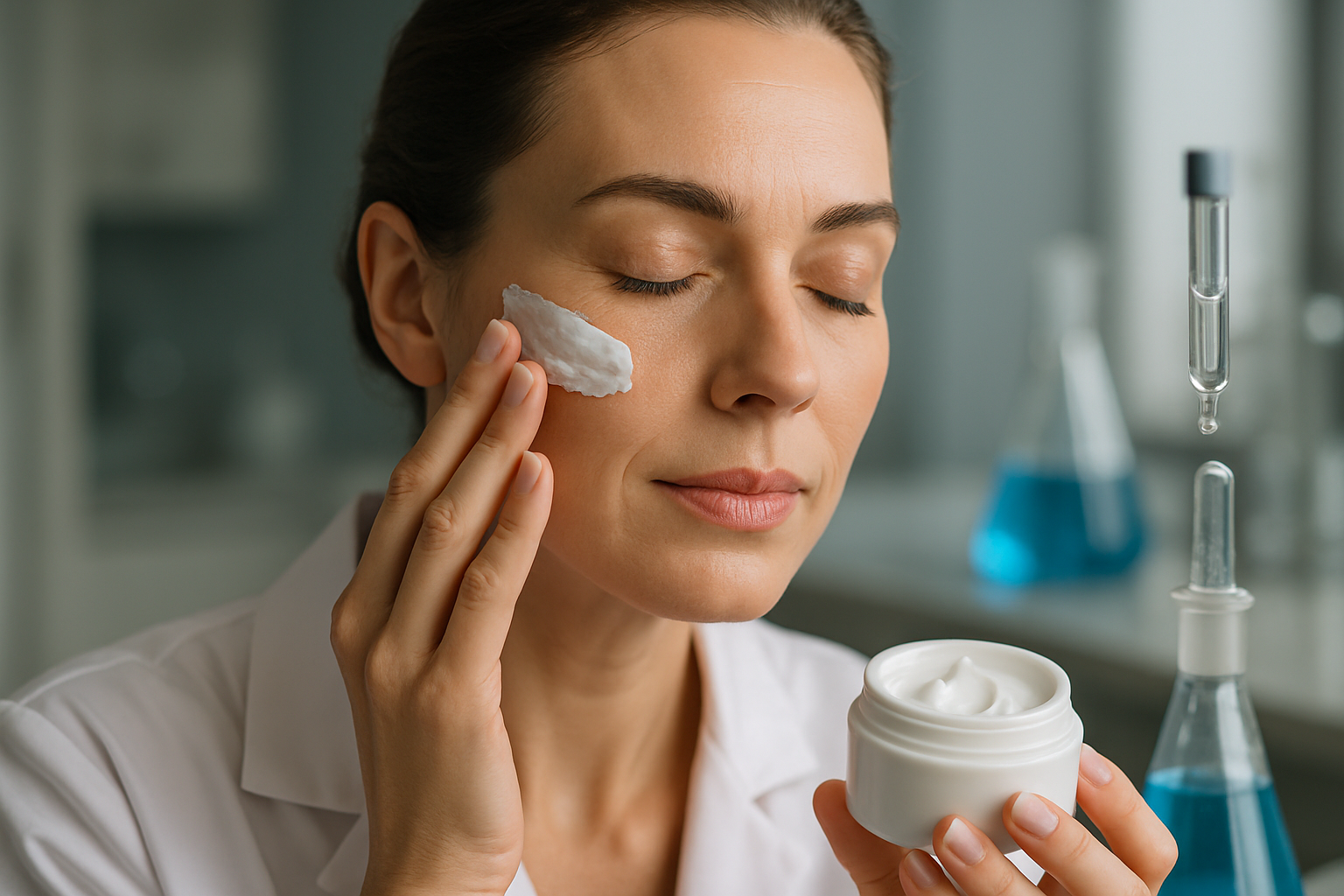The Beauty Trend Shaping the Future of Skincare
A new wave of beauty innovation is changing how people think about skincare and self-care. Inspired by influencer culture and modern cosmetic science, these trends are bridging the gap between at-home skincare and professional treatments. This guide explores how the beauty industry is evolving — and what consumers are now looking for in products and procedures.

The beauty industry has always been dynamic, but recent years have witnessed an unprecedented evolution in skincare approaches and technologies. Consumer preferences are shifting toward evidence-based formulations, sustainable practices, and personalized solutions that address individual skin concerns. This transformation isn’t merely about new products—it represents a fundamental reimagining of how we understand and care for our skin, combining scientific advancement with consumer empowerment to create truly effective skincare regimens.
How Influencer Culture Has Reshaped Skincare Expectations
Social media platforms have dramatically altered the skincare landscape, with beauty influencers wielding significant power in shaping consumer preferences and product trends. Unlike traditional advertising, influencer content often showcases real-time results and authentic experiences, creating new standards for transparency in the industry. This shift has forced brands to adapt their formulations and marketing strategies to meet heightened consumer expectations.
The influencer effect extends beyond product recommendations—it has democratized skincare knowledge, making previously exclusive information widely accessible. Dermatological concepts that were once confined to medical settings now appear in everyday conversations, with terms like “niacinamide,” “hyaluronic acid,” and “retinoids” becoming part of common beauty vocabulary. This knowledge transfer has created more discerning consumers who demand scientific validation for product claims and seek out specific ingredients to address their unique skin concerns.
The Evolution of Cosmetic Treatments Through Technology
The line between traditional skincare and professional treatments continues to blur as technological advancements transform what’s possible outside clinical settings. Modern cosmetic procedures have evolved significantly from their invasive predecessors, with innovations focusing on minimal downtime and natural-looking results. Technologies like radiofrequency, ultrasound, and LED therapy have revolutionized non-surgical options, providing effective alternatives to more invasive procedures.
Perhaps most significantly, diagnostic technology has advanced to offer unprecedented skin analysis capabilities. AI-powered tools can now assess skin conditions with remarkable accuracy, tracking changes over time and recommending personalized treatment protocols. These innovations enable practitioners to deliver more targeted interventions and allow consumers to monitor their skin health with professional-grade precision from home, fundamentally changing how we approach skincare concerns.
Non-Surgical Procedures Gaining Popularity in Modern Skincare
The preference for minimally invasive treatments represents one of the most significant shifts in beauty culture. Procedures like microneedling, chemical peels, and injectable treatments have surged in popularity as consumers seek effective results without surgical intervention. These treatments typically require little to no recovery time while delivering noticeable improvements in skin texture, tone, and appearance.
Particularly noteworthy is the rising demand for combination therapies that address multiple skin concerns simultaneously. Practitioners increasingly design customized treatment protocols that might incorporate various modalities—perhaps combining microdermabrasion with LED therapy or chemical peels with specialized serums—to achieve comprehensive results. This integrated approach reflects a deeper understanding of skin physiology and the complex factors that contribute to various skin conditions.
Professional Treatments vs. At-Home Skincare Solutions
The relationship between professional treatments and daily skincare routines has evolved significantly, with many consumers now adopting hybrid approaches. Professional procedures often provide structural improvements and accelerated results, while home care maintains and enhances these benefits. Modern skincare regimens frequently combine professional interventions at strategic intervals with sophisticated daily routines designed to complement in-office treatments.
At-home devices have also advanced considerably, with consumer-grade tools now offering technologies previously available only in professional settings. From LED light therapy masks to microcurrent devices, these products allow users to supplement professional treatments with maintenance therapies. However, effectiveness varies significantly between professional and at-home options, with professional treatments typically delivering more dramatic and consistent results due to stronger technology and expert application.
Cost and Safety Considerations in Contemporary Beauty Treatments
The financial investment in modern skincare varies tremendously depending on approach, products, and treatment types. Professional treatments generally represent the highest expense, with procedures like radiofrequency treatments ranging from $300-$800 per session and injectable treatments starting around $500. Meanwhile, sophisticated at-home devices typically cost between $150-$600 as one-time investments, while premium skincare products generally range from $50-$200 per product.
| Treatment Type | Average Cost Range | Typical Frequency | Long-term Investment |
|---|---|---|---|
| Injectable Treatments | $500-$1,500 | Every 3-6 months | $1,000-$3,000 annually |
| Laser Treatments | $300-$1,200 per session | 3-6 sessions initially | $900-$7,200 initially |
| Professional Chemical Peels | $150-$400 | Monthly or quarterly | $600-$1,600 annually |
| Medical-Grade Skincare | $300-$600 | Every 2-3 months | $1,200-$3,600 annually |
| Advanced At-Home Devices | $150-$600 | One-time purchase | $150-$600 + replacements |
Prices, rates, or cost estimates mentioned in this article are based on the latest available information but may change over time. Independent research is advised before making financial decisions.
Safety considerations remain paramount in both professional and at-home skincare approaches. Professional treatments carry risks that require proper practitioner training and appropriate patient screening. Similarly, at-home treatments and devices demand proper education to prevent adverse effects. The trend toward personalization has safety implications as well, as treatments increasingly account for individual skin types, conditions, and sensitivities to minimize adverse reactions.
The Future Integration of Technology and Personalized Skincare
The next frontier in skincare appears to be hyper-personalization enabled by advanced diagnostic tools. Technologies that can analyze skin at the cellular level are beginning to inform truly customized formulations and treatment protocols. Some companies now offer skincare products formulated specifically for individual consumers based on detailed skin analyses, environmental factors, and even genetic information.
This personalized approach represents a significant departure from traditional skincare categories based on simplified skin types. Instead, the emerging paradigm recognizes the complex interplay of factors affecting skin health—from microbiome composition to environmental stressors—and tailors solutions accordingly. As these technologies become more accessible and affordable, they promise to transform skincare from standardized routines to precisely calibrated systems designed for each individual’s unique skin profile.




